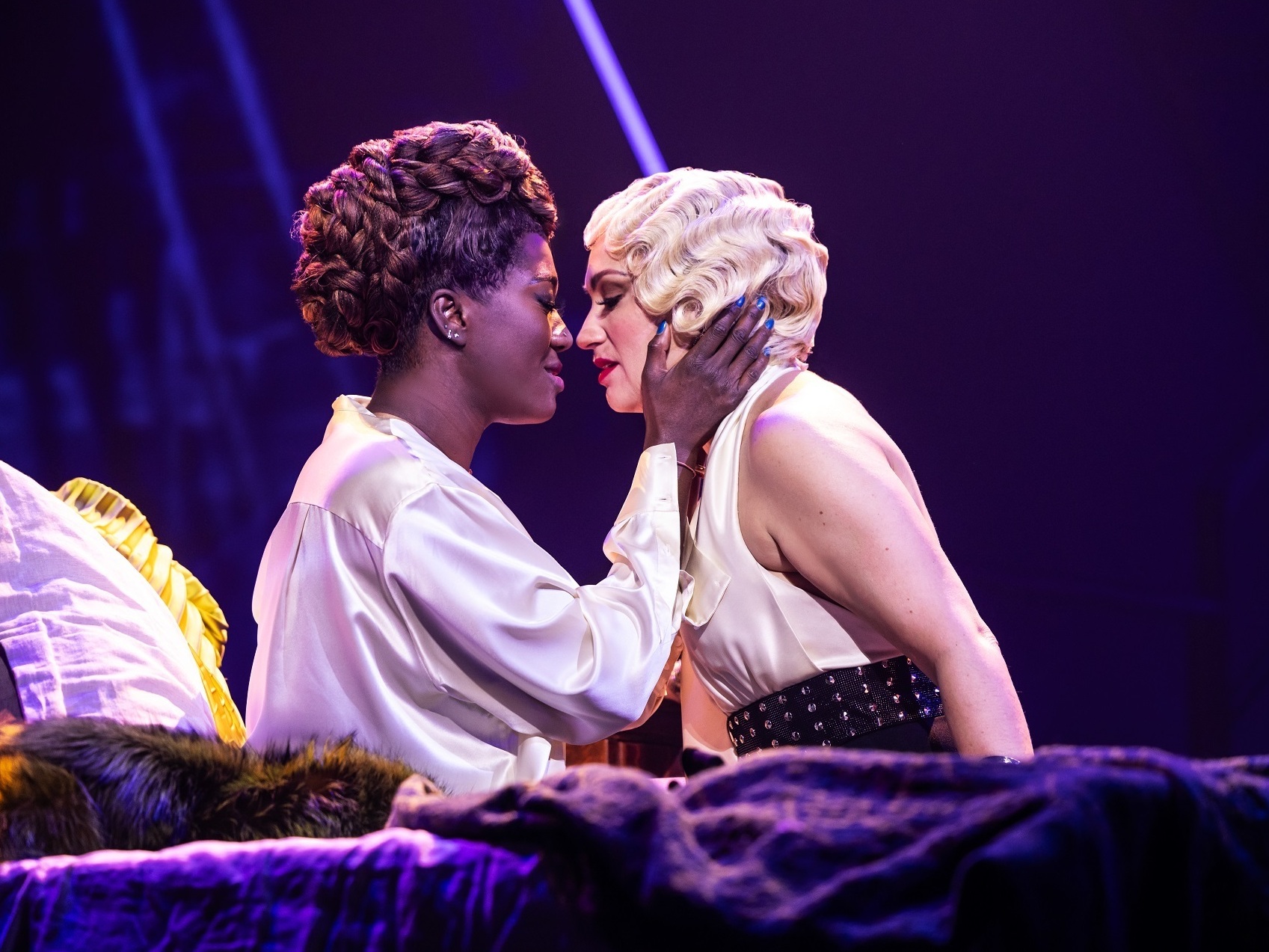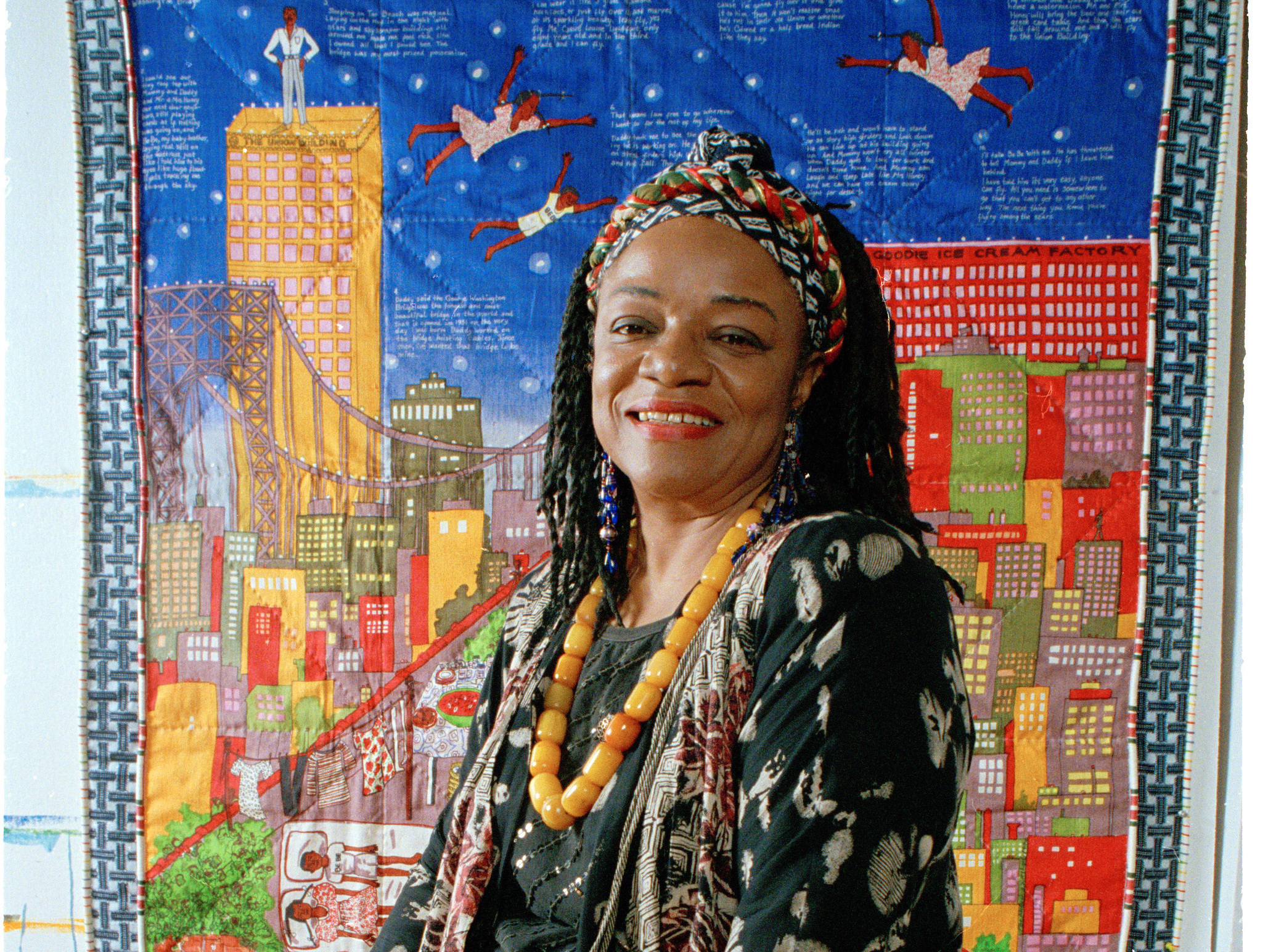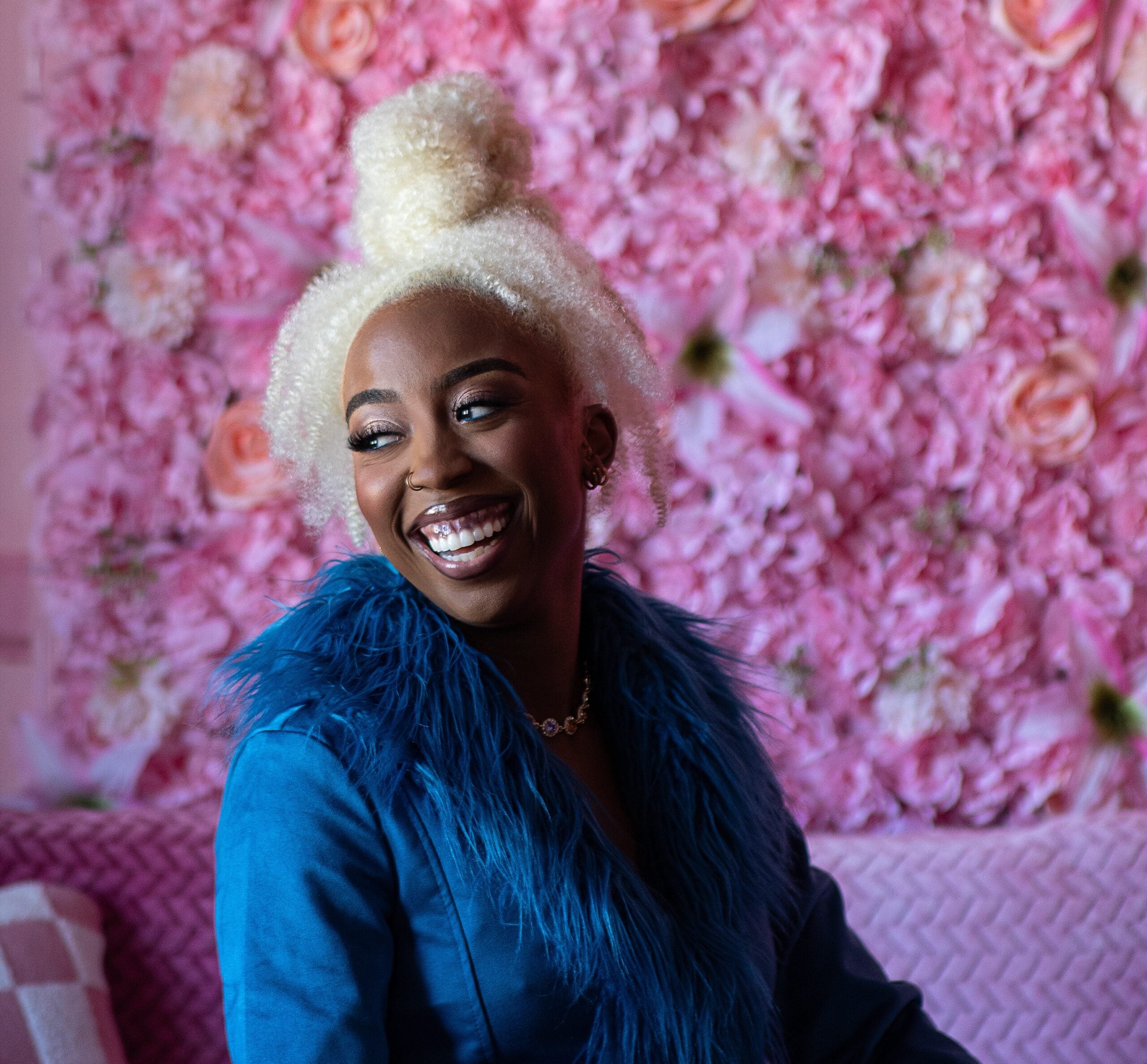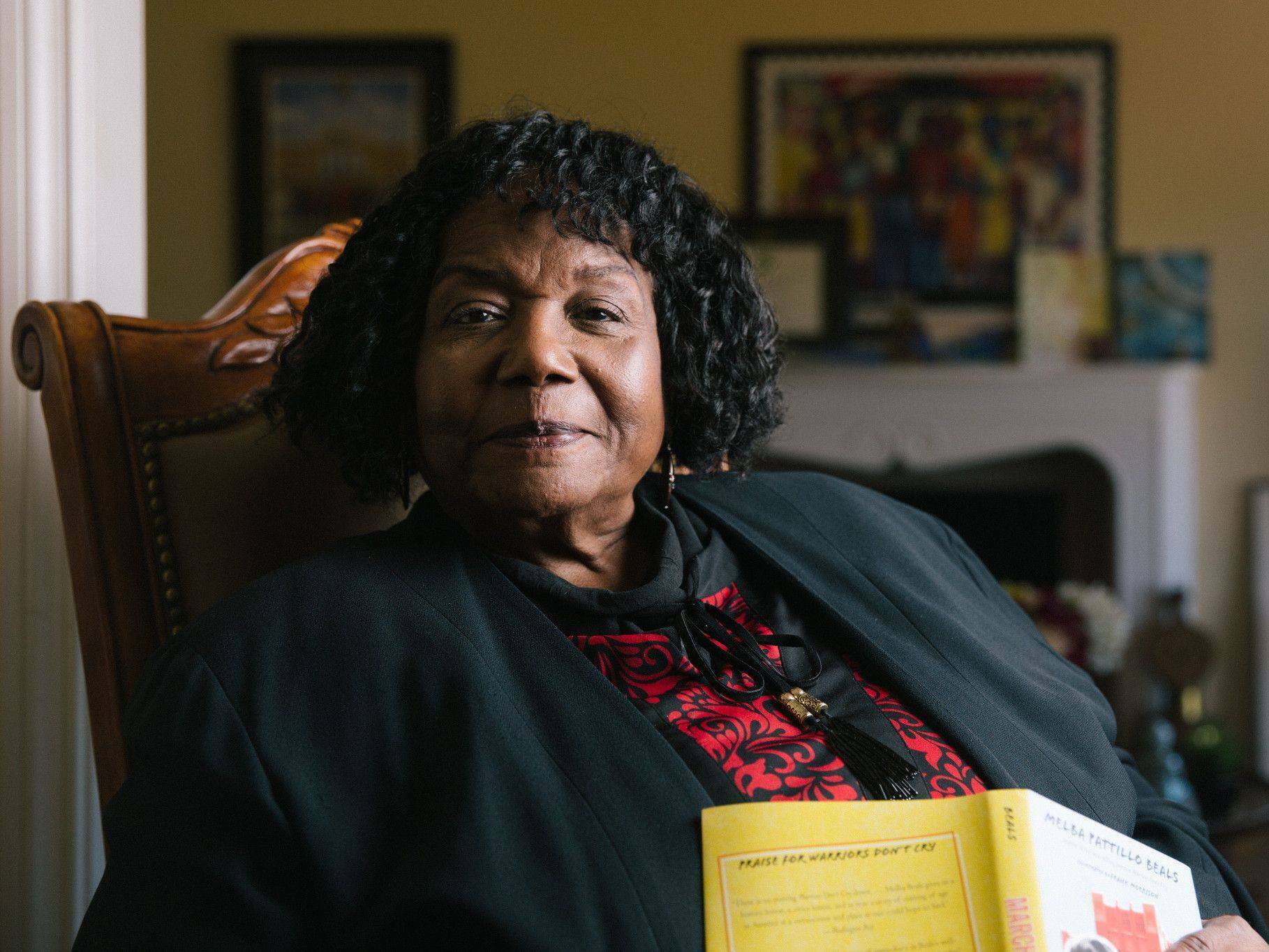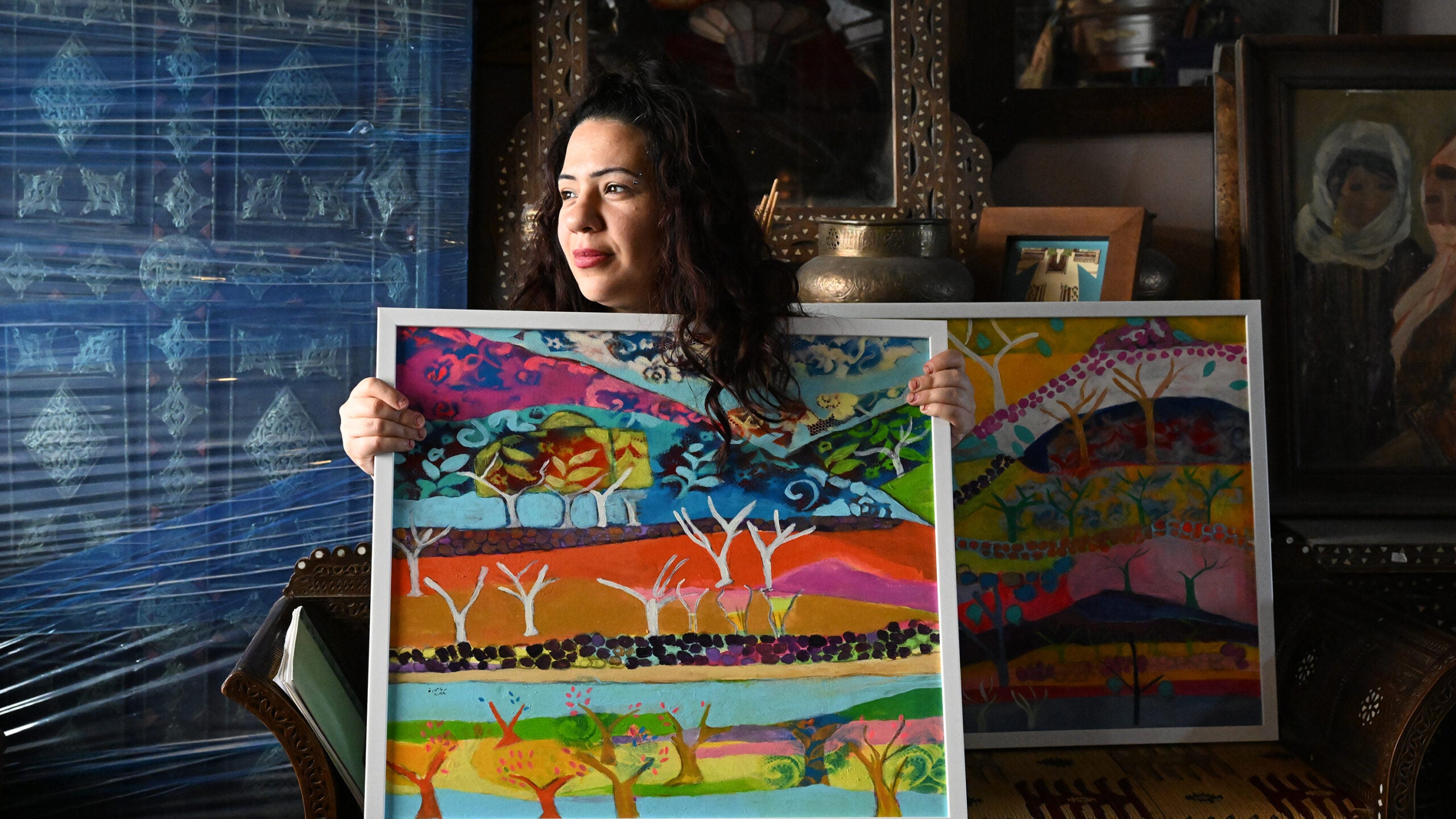Musicals can be inspired by a variety of sources. Just this spring, three shows based on books that were turned into movies have opened on Broadway: Water for Elephants, The Notebook and The Outsiders.
But the new musical Lempicka is truly an original.
Librettist Carson Kreitzer was inspired by paintings by modernist art deco artist Tamara de Lempicka, who’s better known in Europe than in the United States.
Stay informed on the latest news
Sign up for WPR’s email newsletter.
“I found this art book and I just thought, oh, this isn’t a play,” said Kreitzer. “Like, words are not going to be enough. There is this elevation, there is this crispness, this larger-than-life quality. And I knew it should be a musical.”
So, when she met composer Matt Gould, she handed him the art book. “I’m usually going, that’s a terrible idea for a musical,” the composer remembered. “But I looked at these paintings and I was like, ‘This is amazing. Who’s the guy who did these?’
“‘And she was like, ‘Her name is Tamara de Lempicka.’”
That was 14 years ago. Between readings and productions in regional theaters – not to mention a pandemic – it’s taken a while for Lempicka to come to Broadway.
“I was recently reminded of the Tamara de Lempicka quote,” said Kreitzer. “‘There are no miracles. There is only what we make.” And if it takes 14 years, it takes 14 years.”
A colleague of director Rachel Chavkin, the Tony Award-winning director of Hadestown, introduced her to the musical about 10 years ago and she was smitten.
“It had history,” she recalled. “It had Bolsheviks. It had love and this extraordinary score already. And I fell quite in love with it!” She’s directed several productions, including the Broadway version.
Glamorous and larger-than-life
Born of a Russian Jewish father and a Polish mother, the real Tamara de Lempicka was glamorous and self-mythologizing; her life encapsulating the vast sweep of the first half of the 20th century.
She and her husband, who together led a privileged life in St. Petersburg, fled Russia during the October Revolution, settling in Paris. There, she made a name for herself painting modernist portraits and nudes and became known for painting the “New Woman”—the moniker for those who were kicking off gender roles by driving cars and cutting their hair. They were exploring socially and sexually, and Lempicka joined in.
“Her sexual appetite was infamous and inspiring, I would say,” Chavkin said.
Marisa de Lempicka, who now runs the estate, said her great-grandmother had affairs with the men and women who were her models.”She always said … ‘I chose the best-looking people to be my models.’”
One of Lempicka’s most famous paintings is called La Belle Rafaela, a sensual nude of a woman with one arm thrown back behind her head, her eyes closed.
“Rafaela is a woman’s body appreciated by a woman,” said Kreitzer, “and Tamara paints the curve of a belly in a way that makes it feel like a breast.”
In the musical, Lempicka is in a love triangle with her husband and Rafaela, though historians don’t actually know if Tamara and Rafaela were lovers.
“We show Tamara in the relationship with her husband and also the relationship with Rafaela,” said Eden Espinosa, who plays Lempicka in the musical, “and how those gender norms and the way that you’re supposed to behave with one person and the other person, how that shifts.”
A survivor
Lempicka is not always portrayed as likable in the musical — she’s focused more on her work than on her family, and she does what she needs to in order to survive. That’s on purpose, said Chavkin.
“We really do allow Tamara to be as flawed and complicated as any male protagonist has ever been allowed to be. And women very rarely are, because for so many reasons, we’re worried about ‘Is the woman likable?’ And so, you end up flattening out character after character, when, of course, what makes for good drama often is a thorniness.”
Lempickaon display at Sotheby’s9(MDAyMjQ1NTA4MDEyMjU5MTk3OTdlZmMzMQ004))

